Continuing our Flower Power series:
WILD ROSE
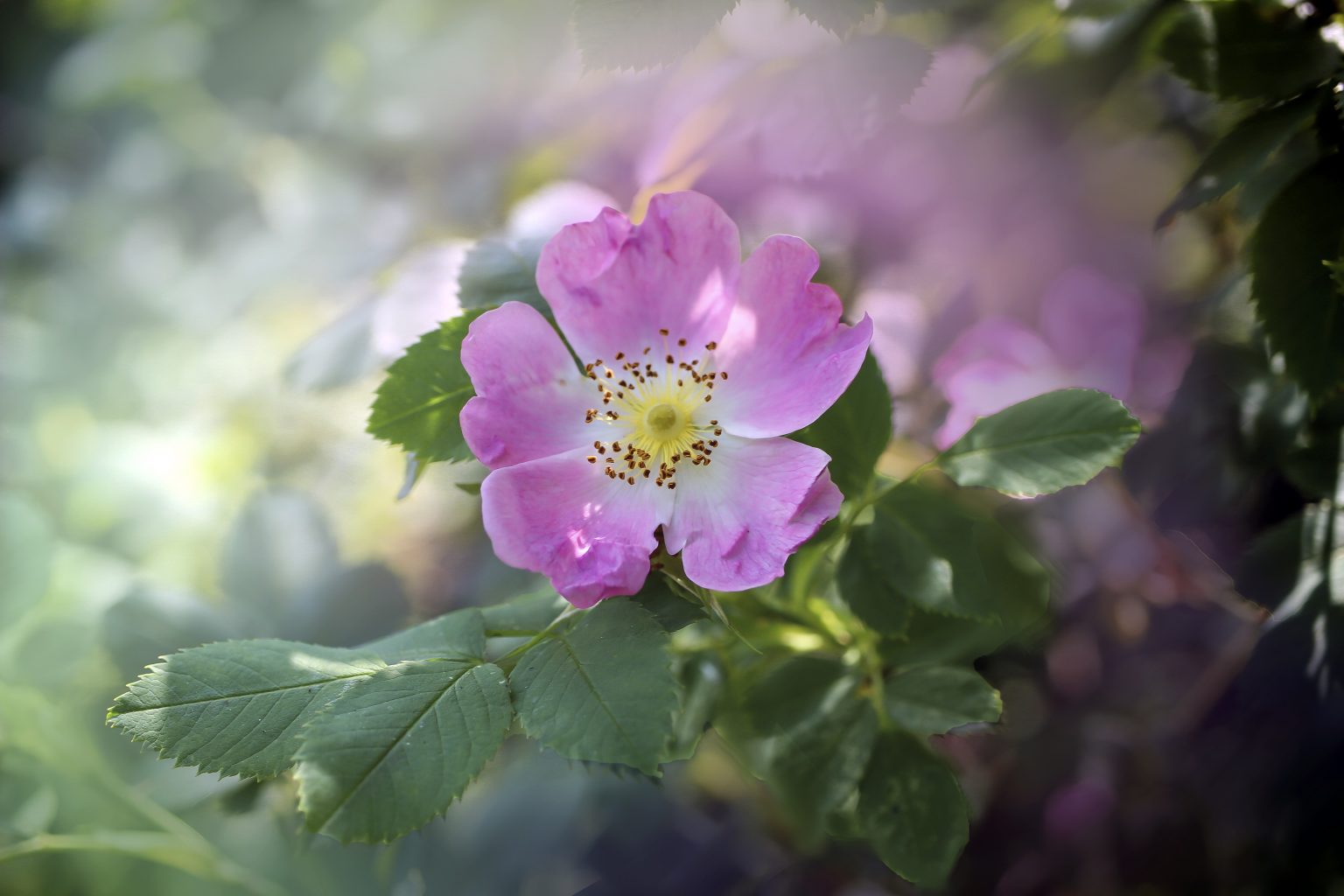
Wild roses add beauty, fragrance and color to many landscapes. We need to pay attention if we wish to see them because these flowers do not have a long blossoming period, usually only about 2 weeks. These beauties actually do not have thorns, they have structures called “prickles” which protect them. The prickle is a sharp and pointed outgrowth of the plant’s epidermis. Wild roses can be found in a variety of habitats – wooded, open, dry and wet.
In the world of classifications, it may be easiest to place roses in 3 groups: Wild, Old Garden & Modern Garden (according to Wikipedia). Our focus here is the Wild variety, which are also called “species roses.”
Wild or “species roses” have five petals, nearly all pink (with a small number leaning toward white, red and even a little yellow). These wonders of nature are resilient, grow on their own and tend to flourish in conditions of neglect in almost every kind of soil.
All the roses we now enjoy were originally cultivated from the Wild Rose.
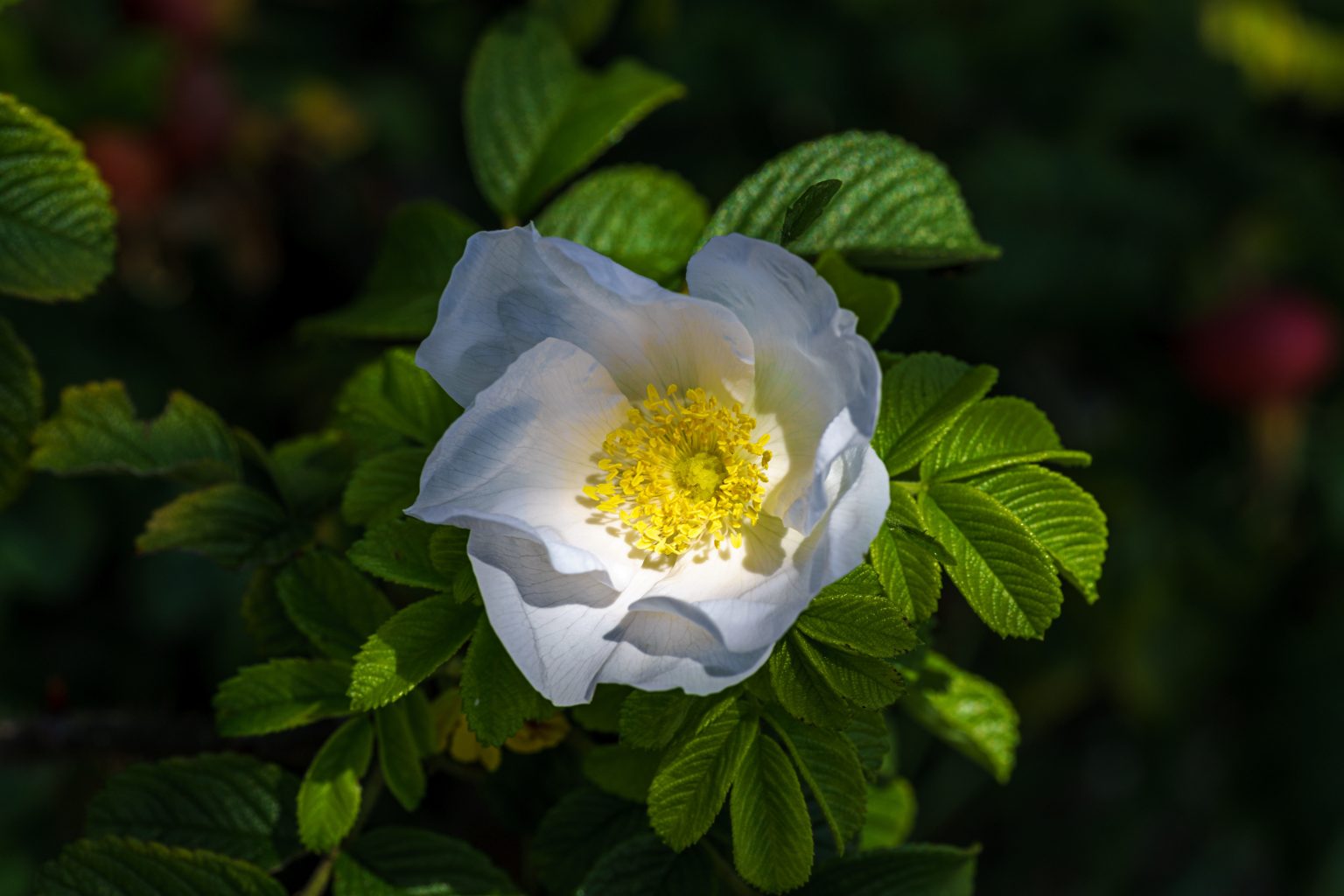
Wild roses are one of the most durable plants in history. The distant ancestor of the wild rose evolved about 70 million years ago, before the demise of the dinosaurs. This ancestor was thought to be a single white rose flower. Wild rose images were even found in ancient Egyptian pyramids.
Roses have been crossbred at least since the time of the Roman Empire, which means there are literally many thousands of tough, long-lasting hybrid varieties. Because of this widespread dissemination, it is possible that one could imagine the old myths and fairy-tales full of the magic of roses or the old homesteads where roses still adorn the crumbling structures were wild roses. They probably were not.
You may be surprised to learn that true wild roses (“species rose”) are actually part of a relatively small group (just over 100 worldwide). While some originate in North America, many come from Europe and Asia. What distinguishes the true wild rose from any other is that wild roses occur naturally via underground rootstocks or seeding, with no human intervention.
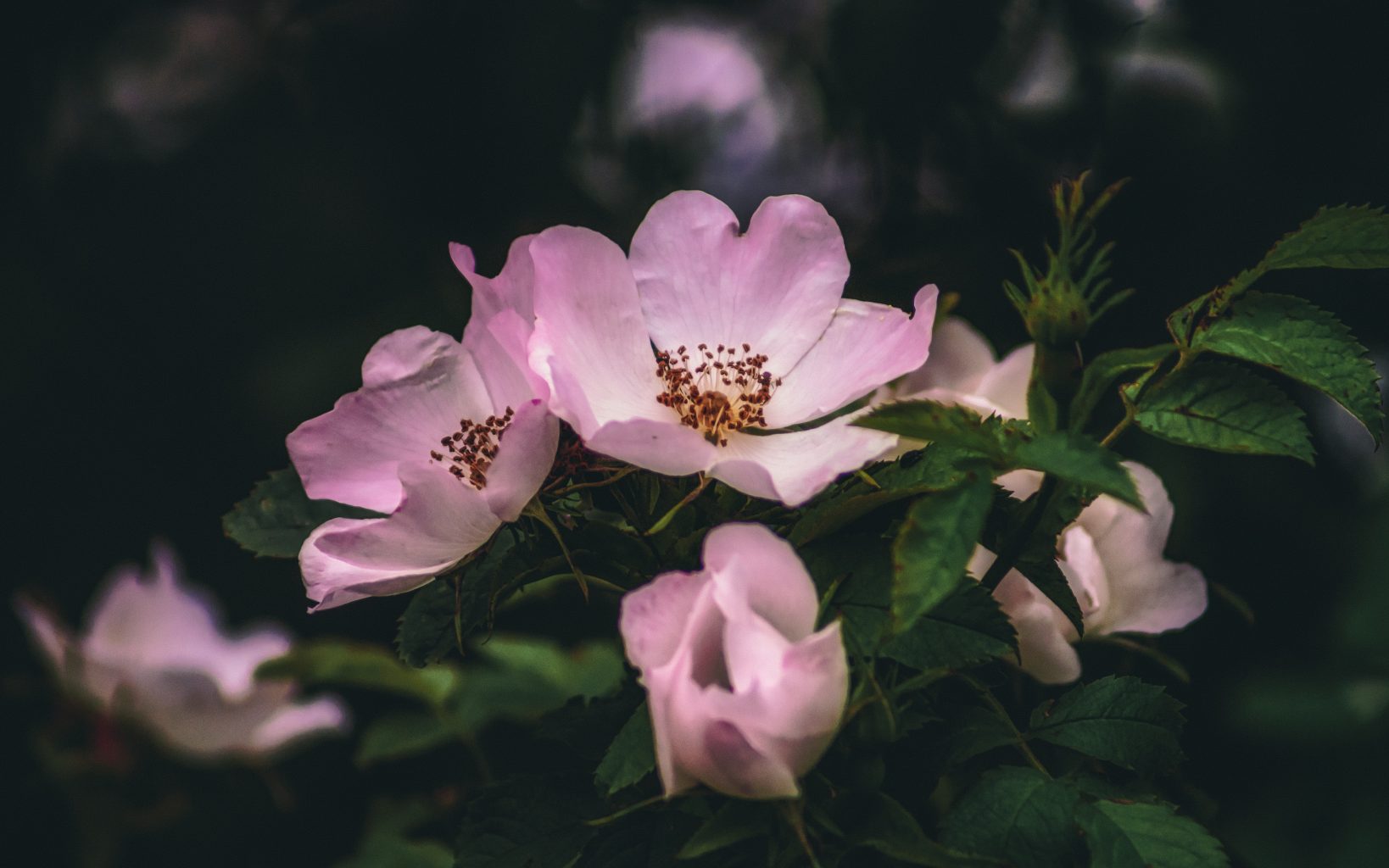
Rose blossoms are one of the most revered ingredients in the making of cosmetics. They lend their ow special characteristics to assist in balancing and moisturizing delicate or irritated skin. Rose is also an excellent astringent because it tightens or tones inflamed tissue, both internally and externally.
Inflammation and poor tissue tone contribute to worsening health. When tissue is inflamed, the astringent effect of rose can help because, as it tightens the puffy areas this removes excess fluid, allowing for nutrients to more easily reach where they are needed and waste material to be flushed.
Rose assists with other conditions such as mouth, throat and eye sores, burns and bleeding. There are many simple homemade recipes including tea, infused oil, rose water and astringent toner available (although one should always consult their doctor if in doubt) in addition to commercial forms of rose medicine.
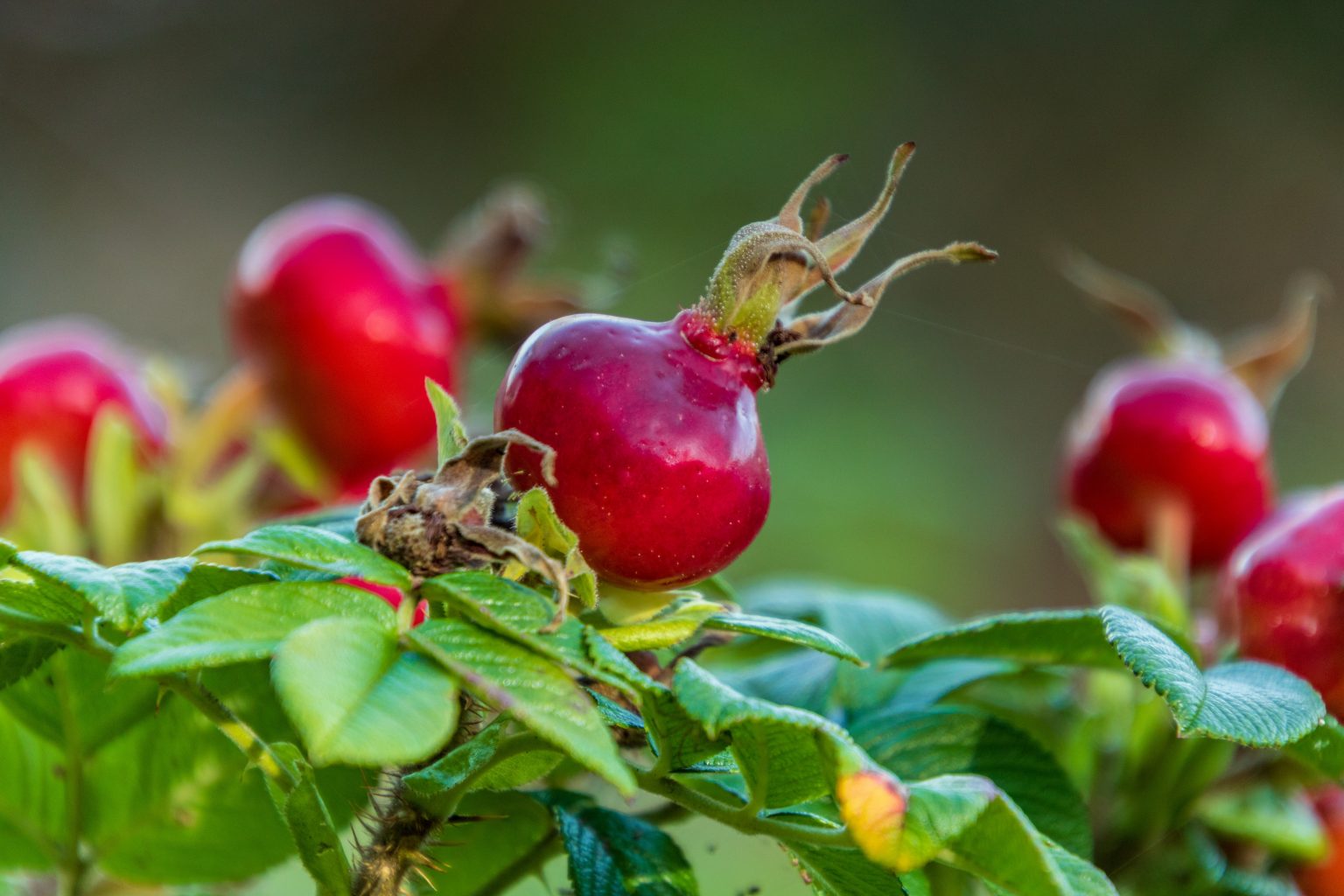
The ancient use of rose hips to treat colds and a host of other conditions has been confirmed by modern science. Vitamin C, first identified in 1912, was proven as vital to health and has since been estimated that rose hips contain concentrations at levels of 8 times those of oranges.
Some say it is best to consume the rose hips freshly picked because Vitamin C degrades during processing. In that case, if you are growing them, you would treat them as any other edible crop. Rose hips are not easy to consume the way cranberries are because of the seeds – which are better removed (as are pits from cherries). Rose hips are best harvested after a couple of frosts because they grow softer.
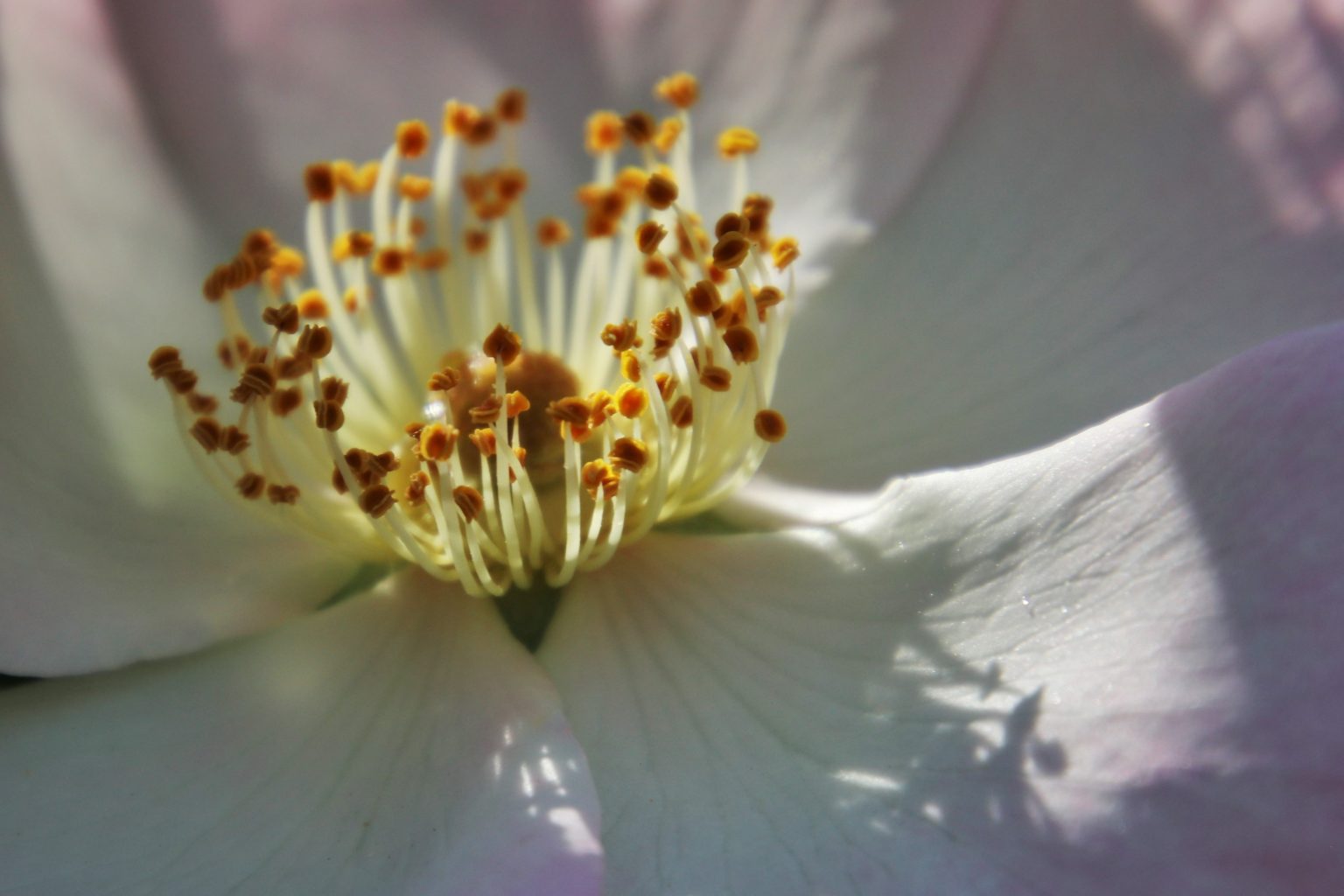
The mental, emotional and spiritual effects of the wild rose very much align with the physical ones: it assists with removing that which is detrimental in order to allow in that which protects and strengthens. Here modern science once again confirms the effects such as uplifting mood and helping to alleviate depression.
Roses are often associated with the heart and love. Many Northwest Coastal indigenous peoples used wild rose for spiritual cleansing and protection, often placing a stem over their baby’s cradleboard. Myriad cultures have used roses to bring peace, healing and even romance throughout history.
There are an inestimable number of ways to bring the wonder and beauty of wild roses into your life. We’ll leave you with the story of one woman who worked in a highly competitive, high stress atmosphere – she used wild rose cream on her skin everyday. For her it functioned as a daily reminder to keep her heart open and deliberately soften her attitude within her challenging workplace. How will you bring wild rose into your life?
